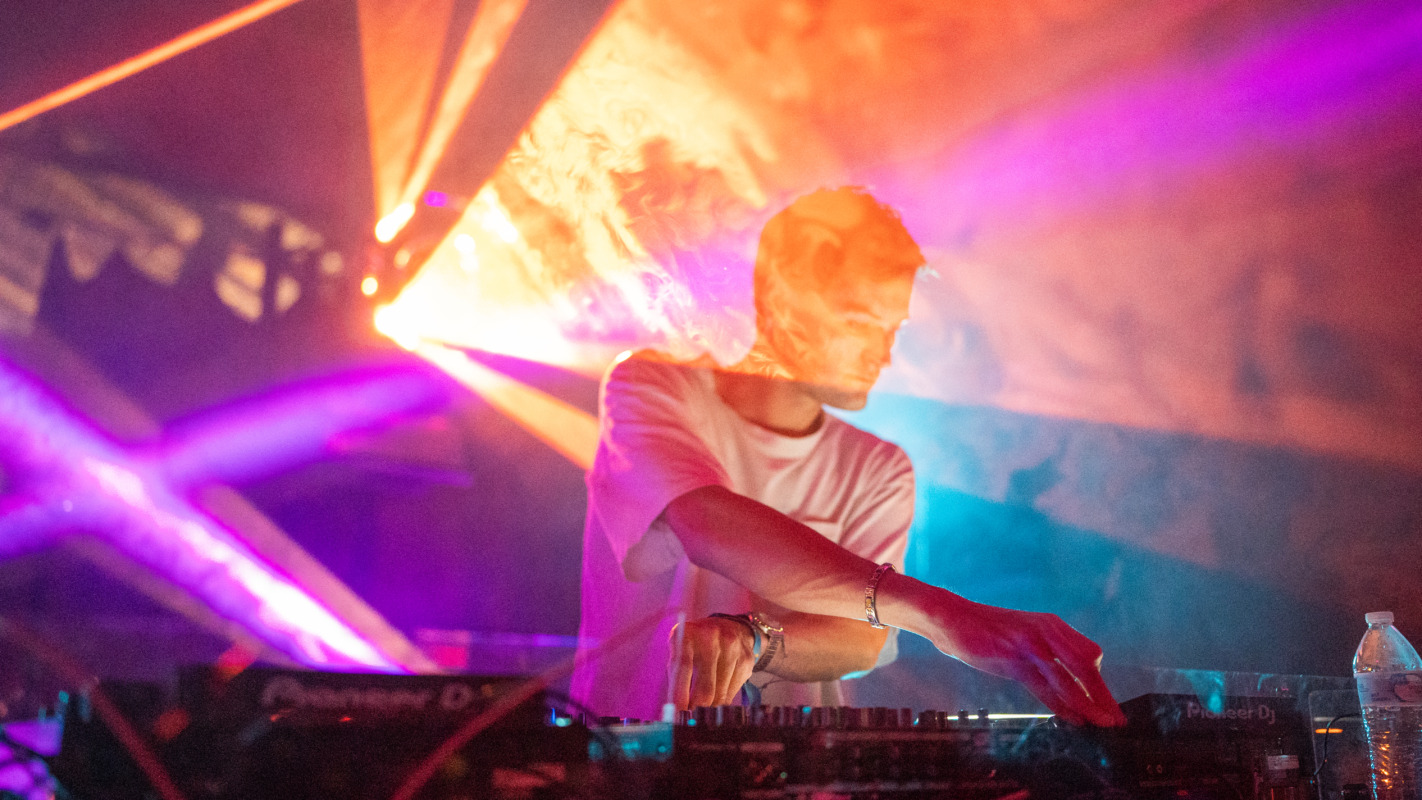Shonen Jump has been finding success with works that lean heavily into the horror genre. From rising stars like Jujutsu Kaisen and Chainsaw Man to recently concluded hits like The Promised Neverland and Demon Slayer, horror-tinged shonen is all the rage. These popular monster-hunting series of the past, like Bleach, didn't rely nearly as much on spookiness, gore or weirdness in their storytelling. The popular new shonen-horrors could be real game-changers for Shonen Jump.
The typical Shonen Jump formula usually features a go-getter protagonist with a strong dedication towards their friends and/or family. They train hard, facing many trials and tribulations to further their character development, all of which will lead to the final confrontation with the main antagonist as they reach their end goal, whether that be to become Hokage or the pirate king. Watching the protagonist progress through such hardships makes it that much easier to root for them and many series, like Naruto, Dragon Ball and One Piece, have found success through this formula.
Granted, there have been darker Shonen Jump titles in the past. Hunter x Hunter shocked fans with its Chimera Ant arc, which took an extremely dark and unexpected turn. Death Note left a major impact on the manga world with its twisted villain protagonist and psychological thriller mind-games. Jojo Bizarre Adventure's mix of grotesque horror and silliness could be regarded as a predecessor for Chainsaw Man. Now, though, the darker Jump titles feel less like outliers and more like the mainstream trend.
The horror genre is commonly sought after by anime fans, but unfortunately, great horror anime is hard to find. What makes this genre so appealing, yet difficult to perfect, is its tone that is drastically different from most other anime. Horror combines realistic psychological and/or mystery elements with supernatural, surreal and/or stylized elements to create convincing nightmare-scapes. The threat of death is important for horror to work, and in most shonen, we know the heroes are destined to win, making a successful horror atmosphere harder to pull off.
One anime mega-hit which turned the tide and kickstarted this shonen horror trend is Attack on Titan. Originally, it was rejected by Shonen Jump, a decision the magazine instantly regretted when Attack on Titan went on to become so widely loved. The success of shonen-horror like Attack on Titan and Death Note proved to Shonen Jump that there is an audience craving more of this stuff, and in recent years, Jump has been delivering.
Series like Jujutsu Kaisen and Chainsaw Man have brought in a new audience to Shonen Jump by integrating the action of traditional battle shonen with the tension of horror. There are many advantages to this mix of genres, like effectively raising the stakes. Power-ups are not just praised as epic battle tools, but come with their own set of consequences. In Jujutsu Kaisen, Itadori is the only person able to sustain the demon Sukuna, the King of Curses. While eating Sukuna's fingers gives him amazing abilities, there is still the threat of Sukuna taking over Itadori's consciousness.
This is seen early on in the series, proving that this outcome is not only a real possibility but has disastrous consequences. In Demon Slayer, Nezuko is a powerful demon and proves to be a great asset to Tanjiro by coming to his aid in difficult situations. However, apart from the restrictions that come with being a demon (like being unable to touch sunlight), Nezuko is targeted for the fact that she is a demon and hunted by both demons and demon slayers alike.
The worldbuilding and power system in a successful shonen-horror will work to cater to both genres. It's not as safe as a typical Shonen Jump manga but promises stories full of grisly twists and fascinating battles, which can bring the audience closer to the stories and the characters. Placing an optimistic, idealistic protagonist into a seemingly impossible horror setting can still get across the uplifting messages that Shonen Jump is known for and leave a strong impact. No matter their reasons, the protagonists of these stories always fight back no matter how scary their circumstances are.
About The Author

